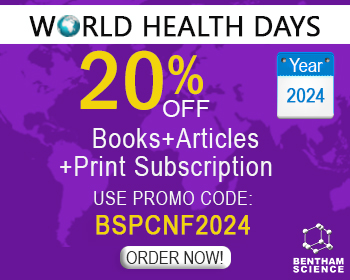Abstract
There has been a revolution in the development of effective, small-molecule anticoagulants and antiplatelet agents. Numerous trypsin-like serine proteases have been under active pursuit as therapeutic targets. Important examples include thrombin, factor VIIa, factor Xa, and β-tryptase with indications ranging from thrombosis and inflammation to asthma and chronic obstructive pulmonary disease (COPD). Trypsin-like serine proteases exhibit a highly similar tertiary folding pattern, especially for the region near the substrate binding pocket that includes the conserved catalytic triad consisting of histidine 57, aspartic acid 102, and serine 195. A rich collection of X-ray structures for many trypsin-like serine proteases is available, which greatly facilitated the optimization of small organic inhibitors as therapeutic agents. The present review surveyed those inhibitors disclosed in peer-reviewed scientific journals and patent publications with a special focus on structural features and protein-inhibitor interactions that implicated the inhibitor optimization process. The role played by the residue 190 of trypsin-like serine proteases is critical. While many inhibitors without a basic group have progressed into the clinic for ones with alanine 190, the task for those with serine 190 remains extremely challenging, if not impossible. In addition to warfarin, heparin, and low molecular weight heparins (LMWHs), treatment options have expanded with the development and approval of the new oral anticoagulants (NOACs). The NOACs are superior to vitamin K antagonists in terms of rapid onset, pharmacokinetics, drug/food interactions, and regular coagulation monitoring; but one serious drawback is the lack of an effective antidote at this time. Apixaban (Eliquis®), rivaroxaban (Xarelto®), and edoxaban (Savaysa®) are the new Xa inhibitors that have been recently approved by the U.S. FDA and are in current clinical practice. These drugs bind to the active site of factor Xa (fXa) which prevents the conversion of prothrombin to thrombin. In addition, dabigatran etexikate (Pradaxa®), the direct thrombin inhibitor (fIIa) is also now widely prescribed.
Keywords: Anticoagulants, Apixaban (Eliquis®), Catalytic triad (His57, Asp102, Ser195), Dabigatran etexikate (Pradaxa®), Edoxaban (Savaysa®), Factor IIa (fIIa) inhibitors, Factor VIa (fVIa) inhibitors, Factor Xa (fXa) inhibitors, Rivaroxaban (Xarelto®), Serine proteases, Stroke, Trypsin-like serine proteases.





























